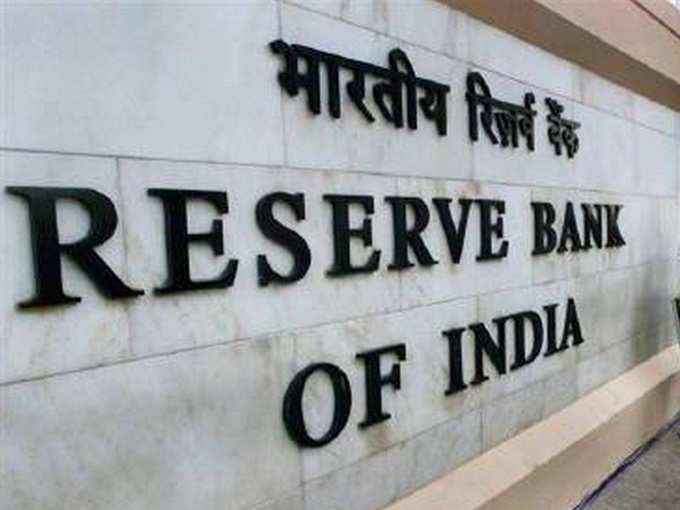 The beginning of June did not bring in happy tidings for bankers. This is despite the fact that on June 2nd, the Reserve
The beginning of June did not bring in happy tidings for bankers. This is despite the fact that on June 2nd, the Reserve However, bankers and markets felt that a mere 25 bps cut in the repo rate is inadequate. No wonder, the markets reacted with a fall of 300 points in the benchmark
What’s holding the RBI back
RBI on its part is concerned about the delay of the onset and the forecast of a below normal south west monsoon which is crucial for food production in India. Food production and its management has a direct impact on the
The other factor that seems to have been a detterent for a larger rate cut are the worries over the crude prices that have spiked up recently. RBI has also expressed concerns over the external volotaility that will be influenced by the normalization of US Federal Reserve policy. The FED has pushed back its plan of a gradual hikes in their interest rates to the latter half of 2015.
The bankers stance
Bankers think that despite these threats RBI had enough room for a CRR cut that would bring down their cost of funds and help them pass on the benefits of the same to their consumers immediately. They have opined that their bad loans have been piling up on account of slow economic activity that is translating on the ground despite the slew of measures that have been taken by the
Only if the banks have more “lendable” capital, will they be in position to lend to good projects, that will lead to better credit offtake, thus spurring economic recovery. When the heads of leading banks met the
During the current fiscal year, banks have borrowed only Rs 2,355 crore a day on an average as compared to Rs 6,703 crore in the previous year. On the other hand, a 50 bps cut in the CRR would have freed up lendable capital by nearly Rs 45,000 crore that would have served as a shot in the arm to banks extending credit facilities to their customer base thus expanding their loan books.
The RBI retort
RBI, however, does not buy this logic. It says that CRR is primarily a “monetary tool” and is also a solvency measure of the banks and must remain unchanged. The
The impact of the rate cut
For the time being however, banks must make do with the current reduction in the repo rate that will be used as an indicator to reduce their base rates. A lowering of the base rates by banks is good news for both individual and corporate borrowers. Individual borrowers will benefit from a reduction in their floating
The bottomline
The RBI’s rate cut is a clear indication to banks to play the role of a catalyst in the economic development of the nation, by expanding their loan books. Their demand of the CRR cut having been snubbed and the recapitalization of state run banks having been stopped, its going to be none to easy for banks to pass on the benefits of the the latest rate cut to their consumers any time soon.
Rajiv Raj is the Director and Co-Founder of www.creditvidya.com